Photographs: Robert Galbraith/Reuters
To celebrate the engineering achievement of the modern world, American Society of Civil Engineers (ASCE) has compiled a list of structures that people thought were impossible.
“As a tribute to modern society's ability to achieve the unachievable, reach unreachable heights, and scorn the notion of ‘it can't be done,’” ASCE has recognised seven projects as the greatest civil engineering achievements of the 20th century.
Click NEXT to see the list of seven wonders…
7 wonders of the modern world
Image: A train coming out of Eurotunnel.Photographs: Courtesy, Eurotunnel
Channel Tunnel
Date started: December 1, 1987
Date finished: May 6, 1994
Location: Strait of Dover, between the United Kingdom and France
Channel Tunnel is considered to the best underwater tunnel in the world. Every country which wants to take any undersea project, studies the engineering of Channel Tunnel.
The Channel Tunnel is one of the biggest engineering projects ever undertaken in the UK. It took more than 5 years to complete, and over 13,000 workers from England and France collaborated to realise the vision.
…
7 wonders of the modern world
Image: Illustration shows details of Eurotunnel.Photographs: Courtesy, Eurotunnel
Channel Tunnel
“The 50.5-kilometre (31.4-mile) Channel Tunnel fulfilled a centuries-old dream by linking Britain and the rest of Europe. More than a tunnel, it combines infrastructure and immense machinery in an underwater system of unprecedented ambition,” says American Society of Civil Engineers website.
At 37.9 kilometres (23.5 mi), the tunnel has the longest undersea portion of any tunnel in the world. The tunnel carries high-speed Eurostar passenger as well as freight trains. It was opened in 1994.
…
7 wonders of the modern world
Image: CN Tower.Photographs: Wladyslaw/Wikimedia Commons
CN Tower
Date started: February 6, 1973
Date finished: June 26, 1976, tallest freestanding structure in the world 1976–2007
Location: Toronto, Ontario, Canada
The CN Tower is a 553.33 m-high communications and observation tower. When constructed, it was the world’s tallest free-standing structure, and held the record for 34 years until Burj Khalifa took the crown.
The name CN originally refers to Canadian National.
…
7 wonders of the modern world
Image: CN Tower.Photographs: Wladyslaw/Wikimedia Commons
CN Tower
The CN Tower, as heavy as 23,214 large elephants, was erected at an amazing rate of 18-feet per day, according to ASCE.
Radio signals are broadcast from the base of the antenna, while television signals are sent from the top. Presently, 16 of Toronto's media signals are transmitted from the tower.
The tower attracts more than two million international visitors annually.
…
7 wonders of the modern world
Image: Empire State Building.Photographs: Smithfl/Wikimedia Commons
Empire State Building
Date started: January 22, 1930
Date finished: May 1, 1931, Tallest structure in the world 1931-1967. First building with 100+ stories
Location: New York, NY, U.S.
The Empire State Building is a 103-story skyscraper, which has a roof height of 1,250 feet (381 meters), and with its antenna spire included, it stands a total of 1,454 ft (443.2 m) high.
It is one of the best known buildings in the entire world. Its name is derived from the nickname for New York, the Empire State.
…
7 wonders of the modern world
Image: Empire State Building.Photographs: Smithfl/Wikimedia Commons
Empire State Building
It stood as the world's tallest building for nearly 40 years, from its completion in early 1931 until the topping out of the WorldTradeCenter's NorthTower in late 1970, according to Wikipedia.
The building's most astonishing feat however, was the speed in which it rose into the New York City skyline. Construction was completed in only a year and 45 days, without requiring overtime, according to American Society of Civil Engineers.
The building still remains a yardstick to judge other skyscrapers.
…
7 wonders of the modern world
Image: Golden Gate Bridge.Photographs: Adam/Wikimedia Commons
Golden Gate Bridge
Date started: January 5, 1933
Date finished: May 27, 1937
Location: Golden GateStrait, north of San Francisco, California, US
The Golden Gate Bridge is a suspension bridge from San Francisco to Marin County passing over the Golden Gate strait. It is one of the most internationally recognised symbols.
The Frommers travel guide considers the Golden Gate Bridge "possibly the most beautiful, certainly the most photographed, bridge in the world".
…
7 wonders of the modern world
Image: Vehicles move on the Golden Gate Bridge.Photographs: Bill Ebbesen/Wikimedia Commons
Golden Gate Bridge
Hanging from two 746-foot-high towers, the bridge is suspended by two massive main cables that contain 80,000 miles of wire and measure one yard in diameter.
In fact, the Golden GateBridge cables contain enough wire to encircle the earth three times, according to American Society of Civil Engineers.
The bridge has survived earthquakes and has been shut three times due to high winds. The longest period for which it remained shit was 3 hours and 27 minutes.
It has also been recognised as a Monument of the Millennium and a National Historic Civil Engineering Landmark.
…
7 wonders of the modern world
Image: A view of the Itaipu Hydroelectric dam, the world's largest operational electricity generation.Photographs: Rickey Rogers/Reuters
Itaipu Dam
Date started: January 1970
Date finished: May 5, 1984
Location: Parana River, between Brazil and Paraguay
The Itaipu Dam is a hydroelectric dam on the Parana River. It is located on the border between Brazil and Paraguay.
The dam is the largest operating hydroelectric facility in terms of annual energy generation, generating 98.3 TWh in 2012 and 98.6 TWh in 2013, according to Wikipedia.
…
7 wonders of the modern world
Image: Ariel view of Itaipu Dam.Photographs: Angeloleithold/Wikimedia Commons
Itaipu Dam
During its construction, workers shifted the course of the seventh largest river in the world by digging a 1.3-mile bypass. To accomplish this they had to remove 50 million tons of earth and rock, according to American Society of Civil Engineers. Enough iron and steel was used at Itaipu to build 300 EiffelTowers.
Another marvel of Itaipu is its powerhouse. Measuring one-half-mile long, it is partially submerged and contains 18 hydroelectric generators, each 53-feet across.
Some 160-tons of water-per-second pour onto each turbine, generating 12,600-megawatts, enough to power most of California says ASCE.
The marvellous structure caught the fascination of American composer Philip Glass, who has written a symphonic cantata named Itaipu, in honour of the structure.
…
7 wonders of the modern world
Image: Illustration shows the vast network of Netherlands' North Sea Protection Work.Photographs: Angeloleithold/Wikimedia Commons
Netherlands North Sea Protection Work
Date started: 1920
Date finished: May 10, 1997
Location: Netherlands
Also known as the Delta Works, this is a series of construction projects in the southwest of the Netherlands to protect a large area of land around the Rhine-Meuse-Scheldt delta from the sea.
This singularly unique, vast and complex system of dams, floodgates, storm surge barriers and other engineered works literally allows the Netherlands to exist, according to ASCE.
…
7 wonders of the modern world
Image: Netherlands North Sea Protection Work.Photographs: Angeloleithold/Wikimedia Commons
Netherlands North Sea Protection Work
For hundreds of years Netherlands has tried to push the sea back but in vain. The country lies below sea level and for centuries brutal storms have flooded the nation. In fact, the land mass is still sinking.
The North Sea Protection Works consists of two monumental steps the Dutch took to win their struggle to hold back the sea.
The North Sea Protection Works exemplifies the ability of humanity to exist side-by-side with the forces of nature, says ASCE.
…
7 wonders of the modern world
Image: Panama Canal.Photographs: Getty Images
Panama Canal
Date started: January 1, 1880
Date finished: January 7, 1914
Location: Isthmus of Panama
The Panama Canal is a 77.1-kilometre ship canal in Panama that connects the Atlantic Ocean (via the Caribbean Sea) to the Pacific Ocean.
It is one of the largest and most difficult engineering projects ever undertaken in the world. The canal was constructed to reduce the distance and time for ships travelling between the Atlantic and Pacific Oceans.
…
7 wonders of the modern world
Image: Panama Canal.Photographs: Dozenist/Wikimedia Commons
Panama Canal
The shorter, faster, and safer route to the U.S. West Coast and to nations in and around the Pacific Ocean allowed those places to become more integrated with the world economy. The approximate time to traverse the canal is between 20 and 30 hours.
To construct this, 42,000 workers dredged, blasted and excavated the path stretching from Colon to Balboa. They moved enough earth and rubble to bury the island of Manhattan to a depth of 12-feet, or enough to open a 16-foot-wide tunnel to the centre of the Earth, according to American Society of Civil Engineers.
The canal was finished on time and within budget.
The canal remains a testament to the combined skills of structural, geotechnical, hydraulic and sanitary engineers.
The engineering wonder is also named as the Monument of the Millennium and an International Historic Civil Engineering Landmark.

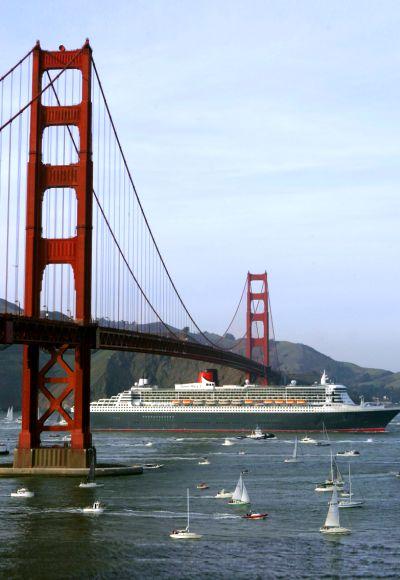
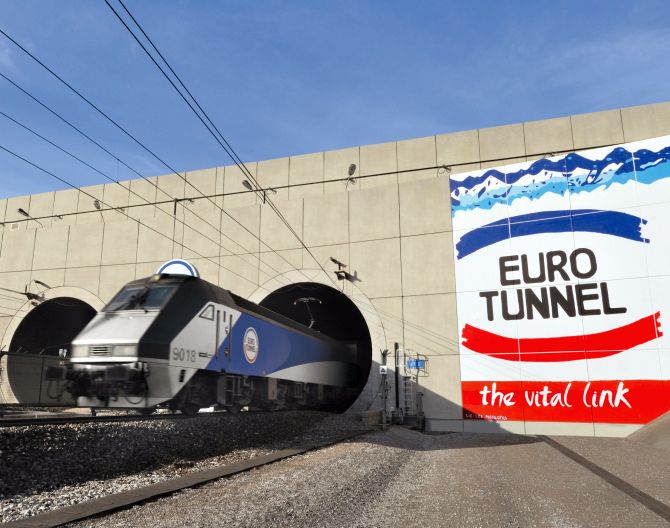
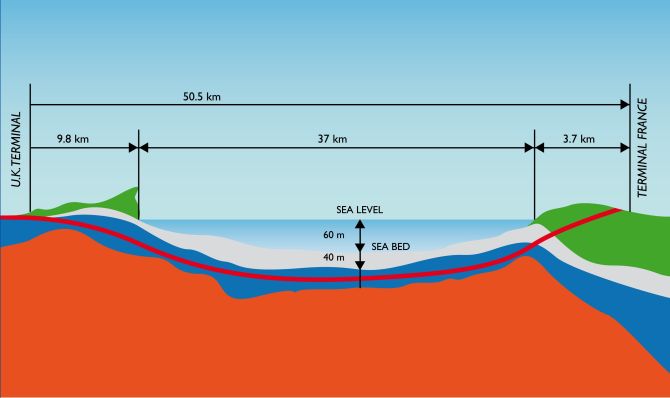
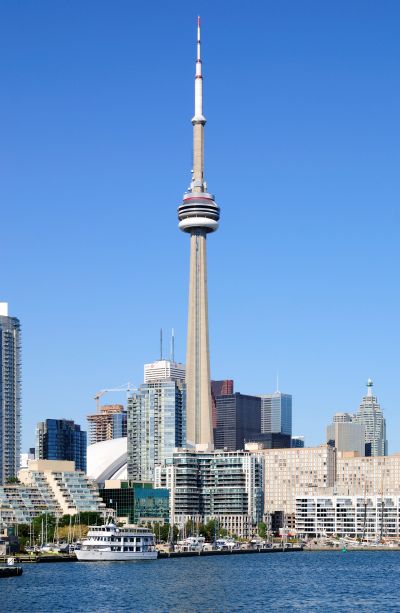
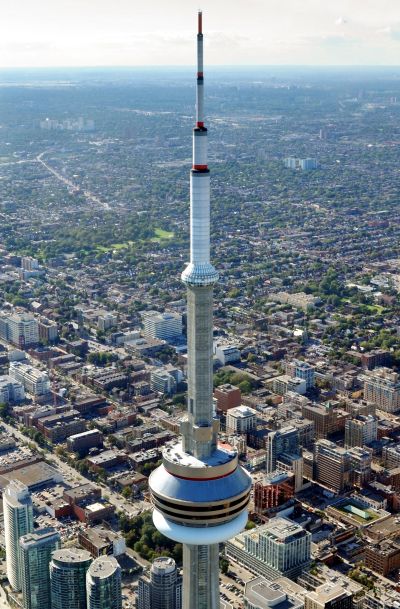
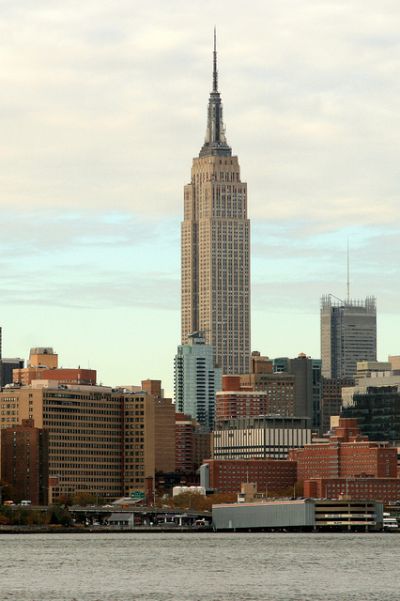
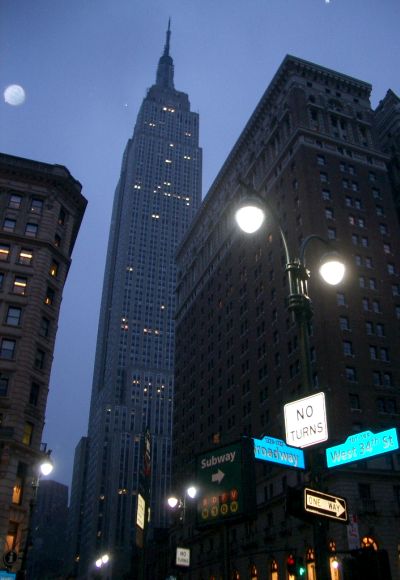
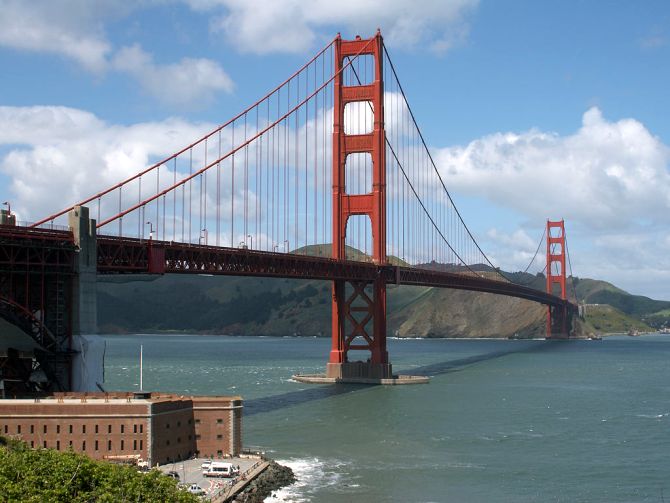
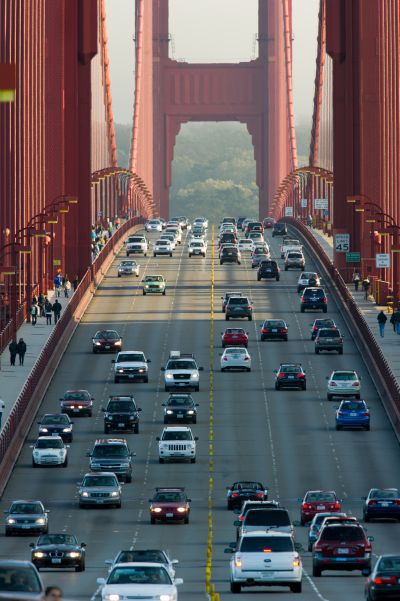
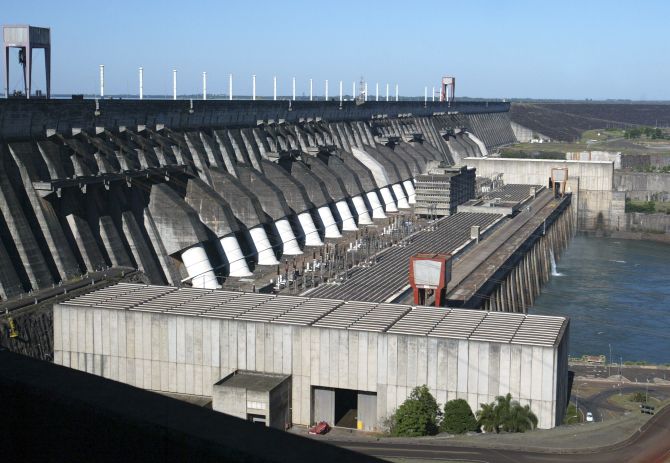
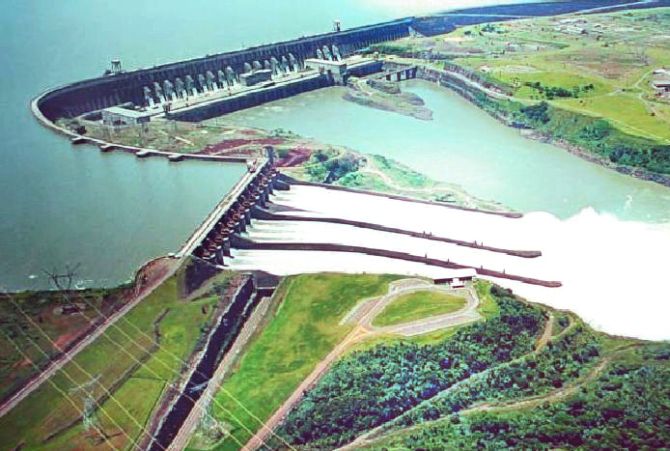
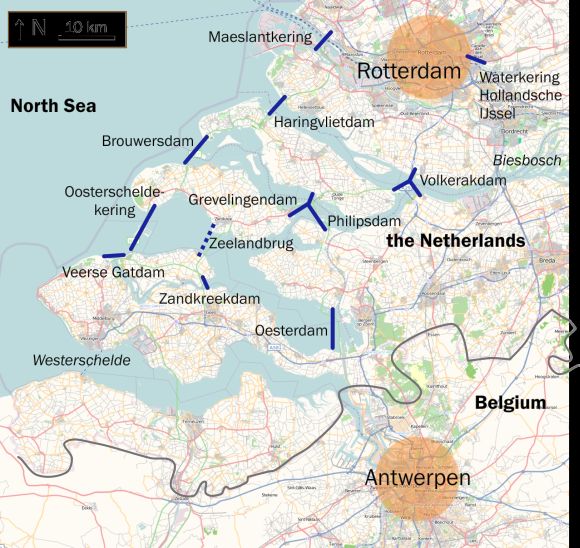
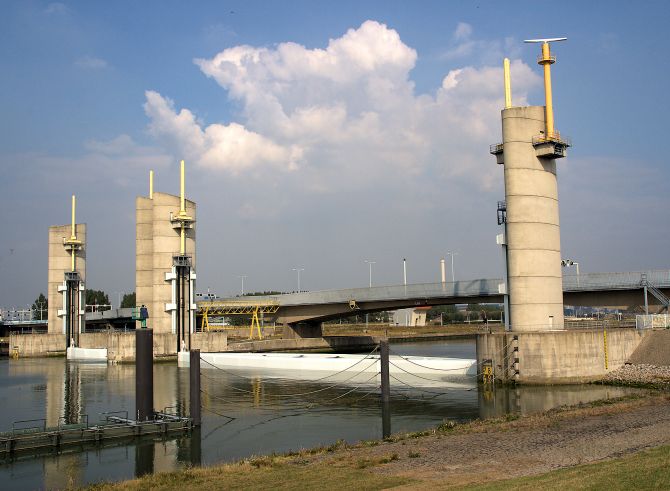
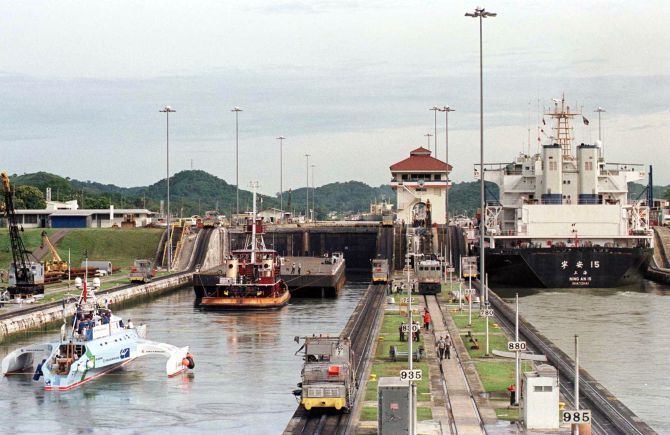

article